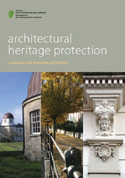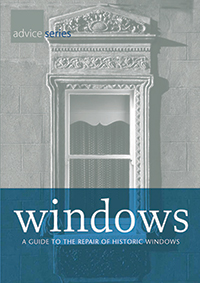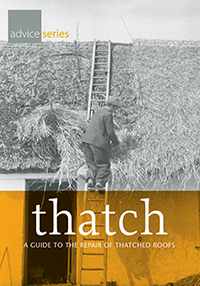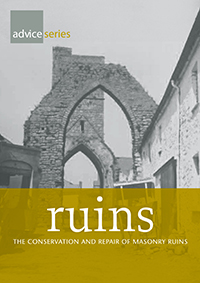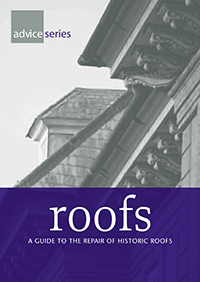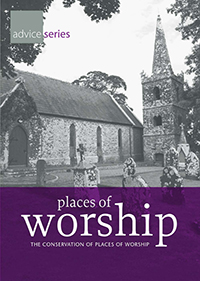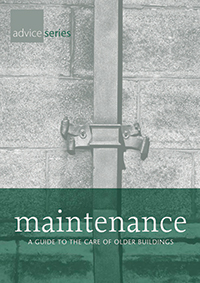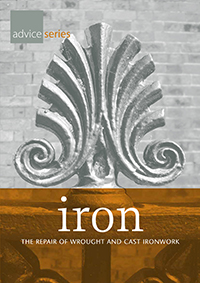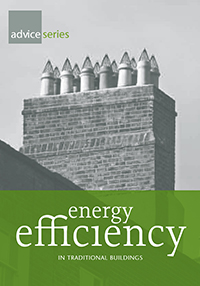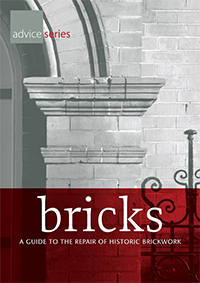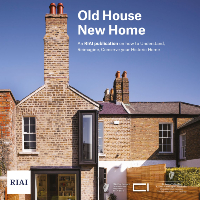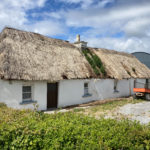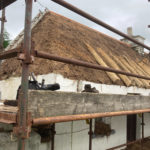Financial assistance for the conservation and repair of protected structures, proposed protected structures and structures within Architectural Conservation Areas is available from the Department of Housing, Local Government and Heritage under the Built Heritage Investment Scheme (BHIS) and the Historic Structures Fund (HSF).
Built Heritage Investment Scheme (BHIS)
The Built Heritage Investment Scheme (BHIS) is an annual scheme operating on a match-fund basis. The minimum funding awarded to successful applicants is €2,500, the maximum is €15,000, but the total value of funding awarded must not exceed 50% of the total project cost. The BHIS is targeted at small-scale works – roof and window repairs; lime pointing and lime rendering – but owners who schedule works over a multi-year period may make an application each year.
The BHIS 2024 includes ring-fenced funding of €500,000 for conservation repairs to thatched structures to maximise the availability of financial assistance to such owners.
The Built Heritage Investment Scheme 2024 Guidance Booklet for Applicants explains the eligibility, the qualifying and non-qualifying works, and the terms and conditions of the scheme. The booklet should be read in conjunction with the Built Heritage Investment Scheme 2024 Checklist for Applicants and the Built Heritage Investment Scheme 2024 Application Form
The BHIS is administered by the local authorities and the invitation for applications from eligible owners is usually announced in October/November for works taking place in the following calendar year. If you are considering applying for the BHIS, you should contact your local Architectural Conservation Officer (ACO) at your earliest opportunity to find out if the works you intend carrying out are eligible for financial assistance under the scheme and to find out what you may need to have in place – matching funding, method statements, appropriately qualified and competent conservation personnel – to give your application the best chance of succeeding.
Historic Structures Fund (HSF)
The Historic Structures Fund (HSF) is an annual scheme operating on a match-fund basis. There are four separate streams of funding:
Stream 1 is targeted at essential repairs and small capital works. The minimum funding awarded to successful applicants is €15,000, the maximum is €50,000, but the total value of funding awarded must not exceed 80% of the total project cost.
Stream 2 is targeted at larger enhancement or significant refurbishment projects where a clear benefit to the community and public can be demonstrated. The minimum funding awarded to successful applicants is €50,000, the maximum is €200,000, but the total value of funding awarded must not exceed 50% of the total project cost.
The Vernacular Structures Stream is targeted at the conservation and repair of vernacular structures. The minimum funding awarded to successful applicants is €5,000, the maximum is €10,000, but the total value of funding awarded must not exceed 80% of the total project cost.
The Historic Shopfronts Stream funds the conservation and repair of historic shopfronts, commercial façades, joinery and signage, to safeguard them whether the shop is still in use or has been repurposed as residential accommodation. The minimum funding awarded to successful applicants is €15,000 and the maximum is €50,000.
The Historic Structures Fund 2024 Guidance Booklet for Applicants explains the eligibility, the qualifying and non-qualifying works, and the terms and conditions of the scheme. The booklet should be read in conjunction with the Historic Structures Fund 2024 Checklist for Applicants and the Historic Structures Fund 2024 Application Form
The HSF is administered by the local authorities and the invitation for applications from eligible owners is usually announced in October/November for works taking place in the following calendar year. If you are considering applying for the HSF, you should contact your local ACO at your earliest opportunity to find out if the works you intend carrying out are eligible for financial assistance under the scheme and to find out what you may need to have in place – matching funding, method statements, appropriately qualified and competent conservation personnel – to give your application the best chance of succeeding.
Historic Towns Initiative (HTI)
The Historic Towns Initiative (HTI) is a joint undertaking by the Department of Housing, Local Government and Heritage and the Heritage Council which aims to promote and provide support for the heritage-led regeneration of our historic towns. The sustainable use, and reuse, of historic buildings in our historic towns has many economic, environmental and social benefits as explained in the Historic Towns Initiative Seminar.
23 towns have benefitted from the HTI to date with a variety of projects receiving financial support. These include historic roof repairs, public realm works, and, in the case of Letterkenny, the conservation of seven historic buildings in Church Lane which have brought life and a sense of civic pride back to the previously dormant Cathedral Quarter.
The HTI is particularly interested in heritage-led regeneration projects which address residential vacancy in our historic towns and propose the repair and adaptive reuse of historic buildings. Applications for funding are made by the local authority and matching funding of at least 20% of the total cost is required for each project funded.
Your local ACO should be able to advise you if you may be eligible for funding under the HTI.
Other Funding
Your local ACO should be able to advise you if you may be eligible for funding under any other built heritage scheme or if your local authority has its own streams of funding available for the conservation and repair of protected structures, proposed protected structures and structures within Architectural Conservation Areas.
The contact details for all ACOs are listed below. You should contact your Planning Department directly if your local authority does not employ an ACO.
Architectural Conservation Officers (07.01.2025)

